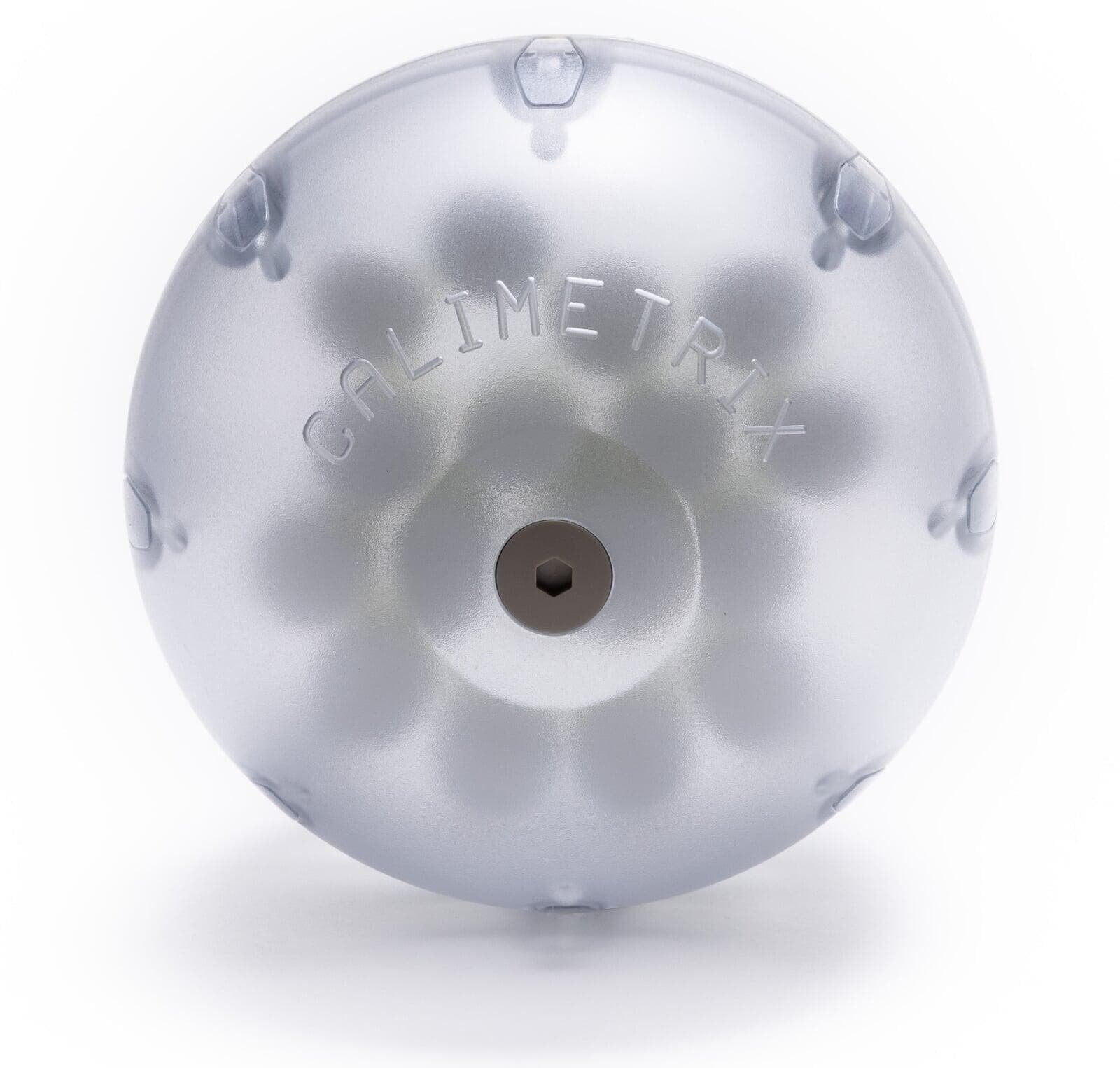
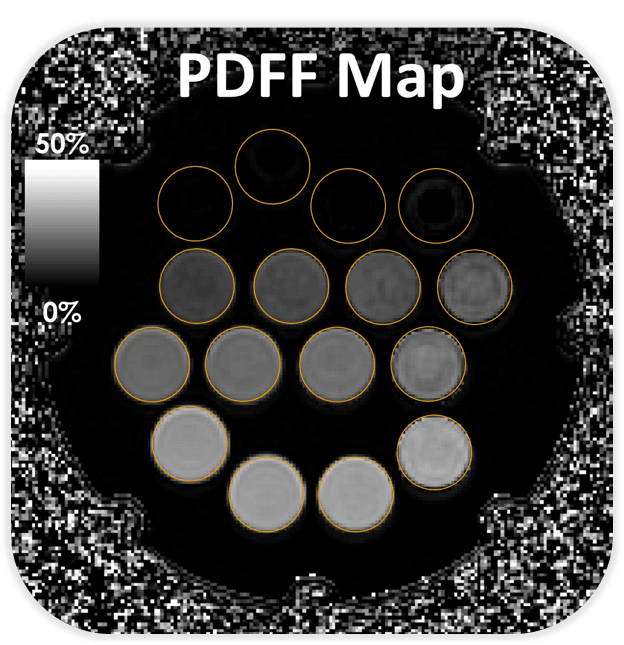
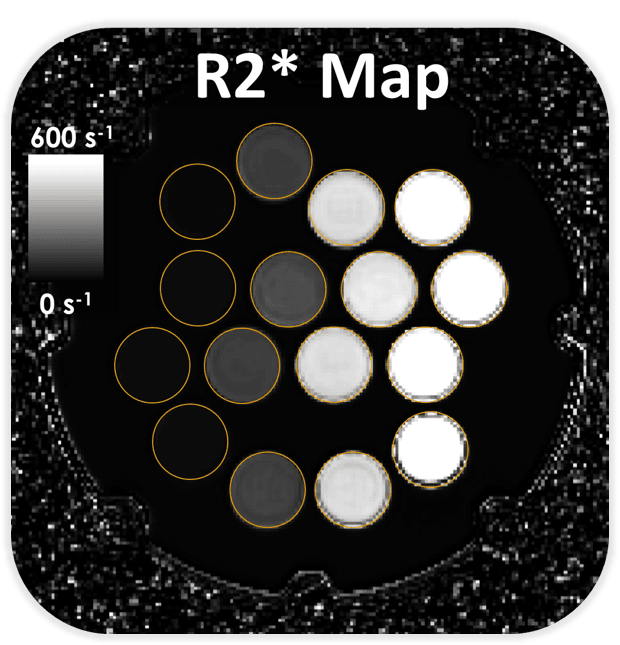
Model 725 PDFF-R2* Phantom Features
- 16 Vials: (0/50), (0/150), (0/350), (0,600), (10/50), (10/150), (10/350), (10,600), (20/50), (20/150), (20/350), (20,600), (30/50), (30/150), (30/350), (30,600) [%PDFF/s-1] at 3T
- Phantom vials are filled with gels to minimize motion-related artifacts
- Asymmetrically positioned vials to avoid left-right and superior-inferior vial identification ambiguities
- Doped fill solution to minimize water-fat swap artifacts
Clinical Relevance of PDFF-R2* Quantification
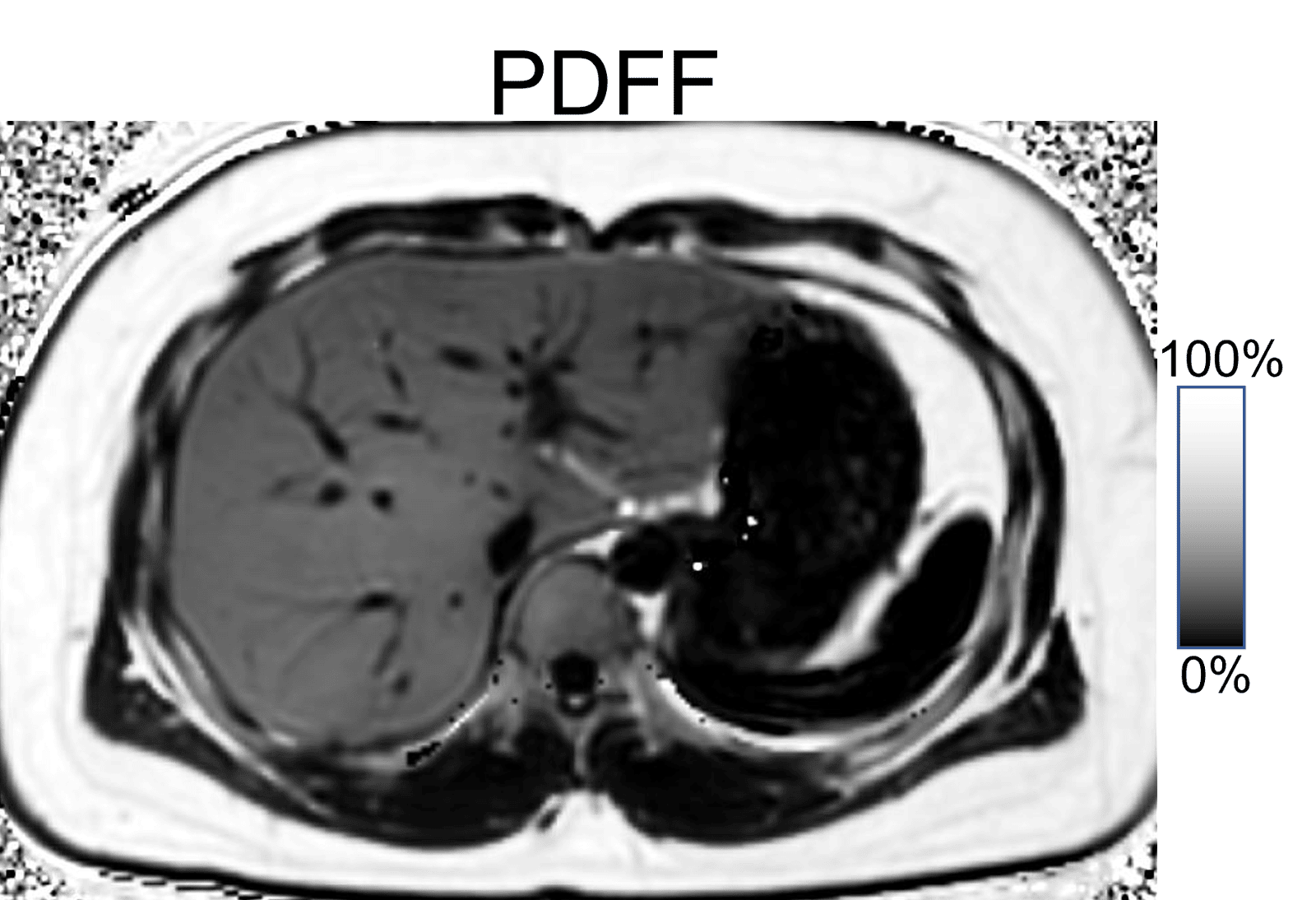
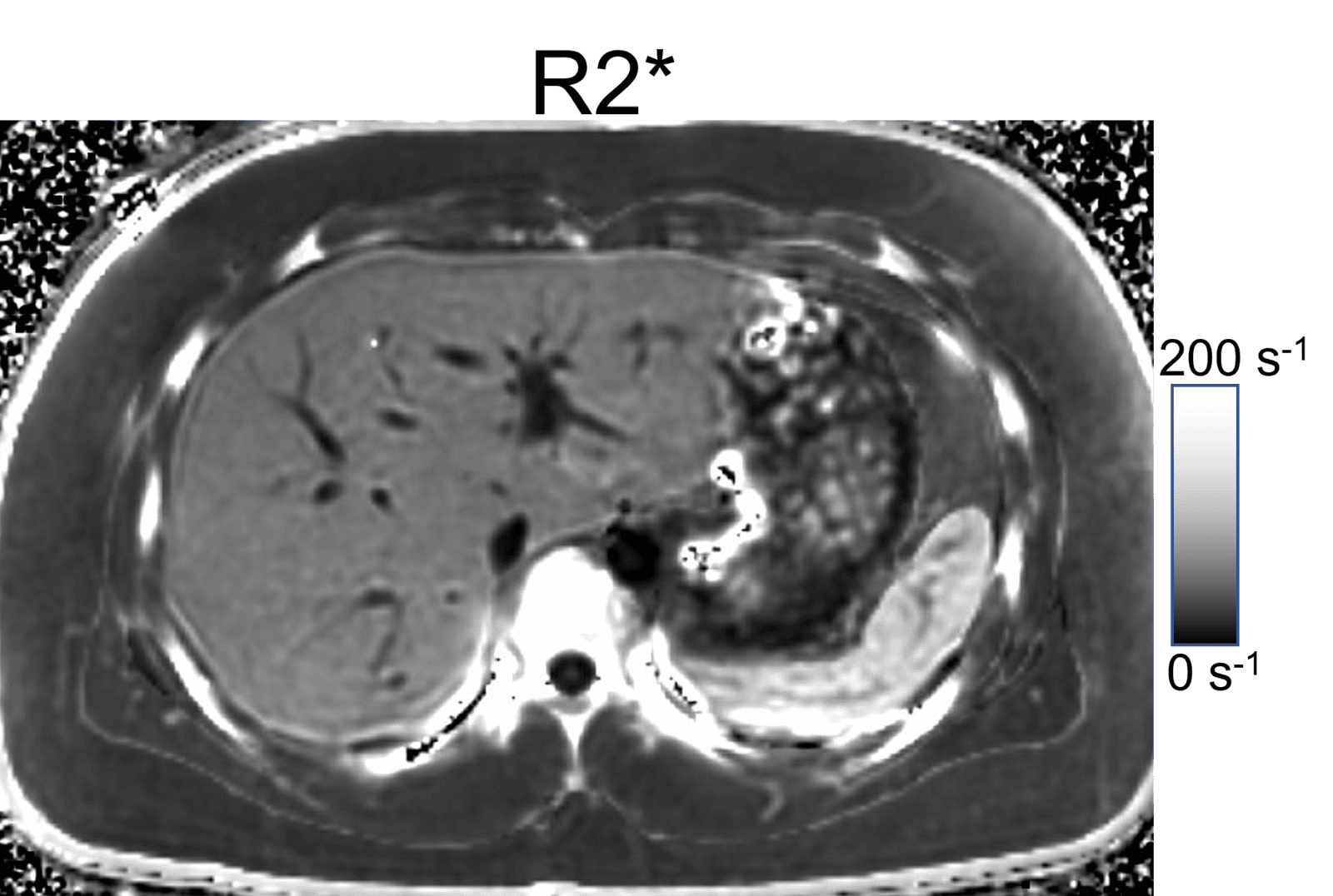
Relevant Publications
Starekova J, Rutkowski D, Bae WC, Do H, Madhuranthakam AJ, Malis V, Lin SQ, Serai S, Yokoo T, Reeder SB, Brittain JH, Hernando D. Multi-Center, Multi-Vendor Validation of Simultaneous MRI-Based Proton Density Fat Fraction and R2* Mapping Using a Combined Proton Density Fat Fraction-R2* Phantom. J Magn Reson Imaging. 2025 Sep;62(3):800-811. doi: 10.1002/jmri.29775. Epub 2025 Apr 18. PMID: 40251801; PMCID: PMC12335339.
Zhao R, Hamilton G, Brittain JH, Reeder SB, Hernando D. Design and evaluation of quantitative MRI phantoms to mimic the simultaneous presence of fat, iron, and fibrosis in the liver. Magn Reson Med. 2021 Feb;85(2):734-747. doi: 10.1002/mrm.28452. Epub 2020 Aug 12. PMID: 32783200
